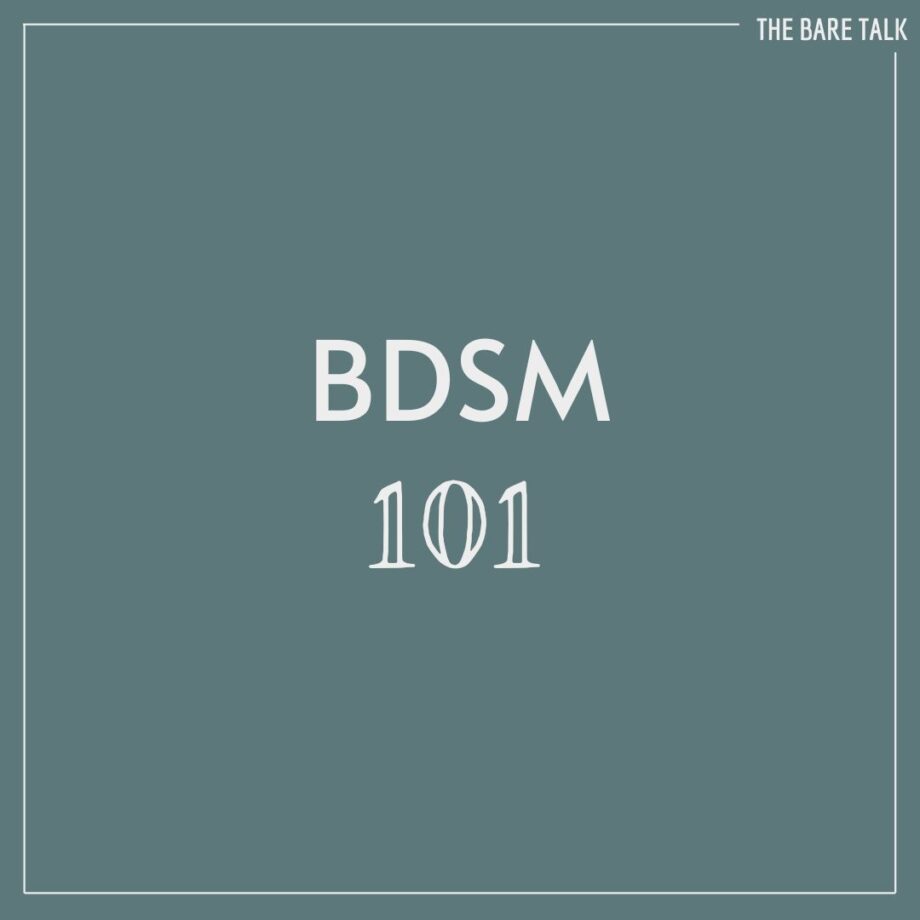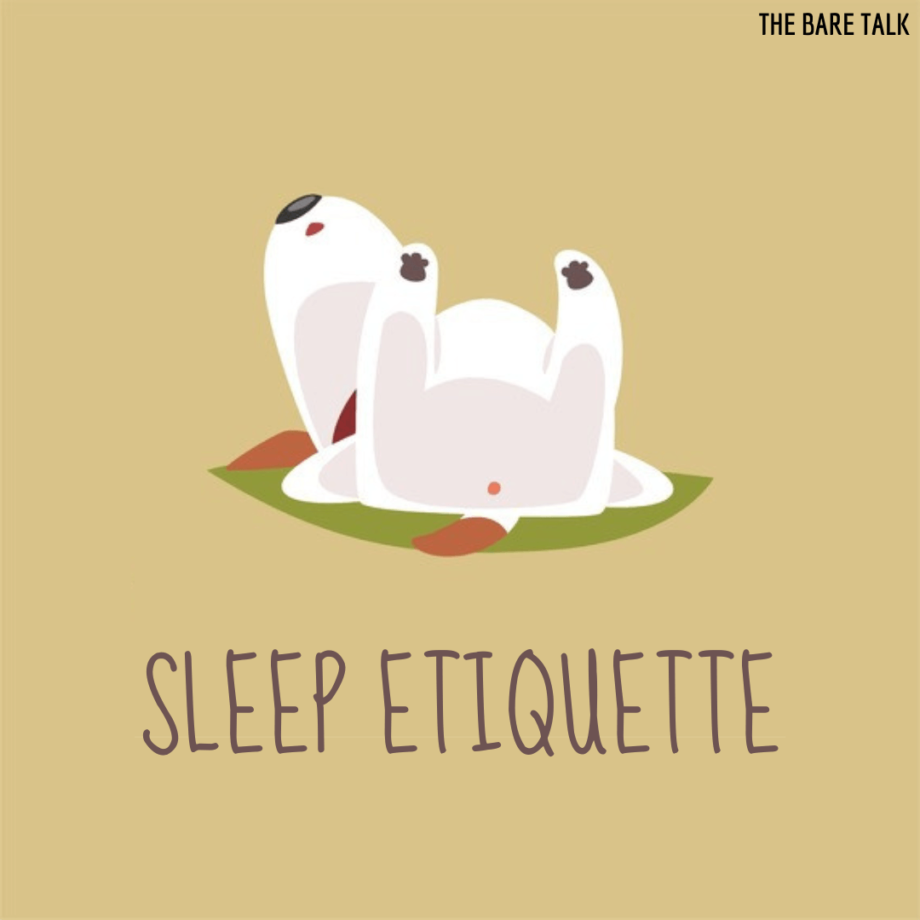Relationship styles are a person’s approach to (mostly romantic) relationships. They dictate the way a person chooses to get into consensual relationship(s) with one or more individual(s). These relationships can be only emotional, only sexual, or a mix of both.
-
Monogamy is a relationship style in which an individual is committed to only one partner at a time.
-
Monogamish is a relationship in which a couple is primarily monogamous, but allows varying degrees of sexual contact with others.
-
The term ‘Monogamish’ was popularised by LGBT activist/author, Dan Savage. These relationships are different from open relationships. In these, couples create rules structuring external sexual contacts. These vary as some allow only one-night stands (no second time with the same person) or only specific kinds of sexual activity (i.e., kissing and groping, but no intercourse), and others have time or location limitations (e.g., no more than a week, or only when people are traveling/not at home).
-
-
A ménage à trois is a sexual (and sometimes domestic) arrangement involving three people.
-
An open relationship is a relationship where partners mutually consent to relations with individuals outside of the relationship.
-
Open relationships are usually used to classify all kinds of consensual non-monogamous relationships and the name varies with degree of openness. It can be multi -partner or hybrid relationships or even swinging.
-
The most common form of open relationship is that of a married or long-term committed couple that takes on a third (or sometimes more) partner whose involvement and role in the relationship is always secondary. A couple might engage in sexual activity with the secondary partner together or separately, or they may each have independent outside relationships with different secondary partners — regardless of the specific parameters, the primary couple always remains a priority.
-
Generally rooted in specific rules, expectations, and communication between those involved, open relationships may take a variety of forms and may evolve over time as needed to meet the needs of those persons involved. Swinging, monogamish, polyamorous/polyfidelitous, and anarchistic relationships can all be considered “open relationships”.
-
-
Swinging refers to committed couples consensually exchanging partners, especially for sexual purposes.
-
Swinging ranges from brief interactions between or among strangers at sex parties or clubs, to groups of friends who know each other and have socialized for many years.However, it’s a mostly heterosexual-focused subculture, swingers usually prefer to involve a girl into the arrangement rather than a man.
-
-
Polygamy is a practice, wherein, an individual has more than one spouse. The term is commonly used legally, as marriage is an integral aspect of it.
-
Polygamy also has two subtypes: Polygyny (man has multiple wives) and Polyandry (woman has multiple husbands). Both of these have been very commonly seen in Ancient Indian history & mythology. However, now, polygamy has been criminalised in most parts of the country.
-
-
Polyamory is having relationships with multiple individuals with the knowledge of all partners involved. It is a form of consensual non-monogamy.
-
Polyfidelity is a closed relationship style, like monogamy, but involves more than two people.
-
Unlike Polyamory, the individuals involved either don’t seek additional partners or if other partners are to be involved, a unanimous decision must be made.
-
-
Poly-affective relationships are emotionally intimate, non-sexual connections among people connected by a polyamorous relationship.
-
These relationships tend to involve people who were either never sexually involved (two straight men who are both in sexual relationships with the same woman & have brother-like relationship with each other) or partners who were previously sexually involved, but now just remain emotionally intimate.
-
-
A group marriage involves several people forming a single family unit, with each considered married to one another.
-
This relationship style is not very common, however, it can be very beneficial with partners sharing finances, responsibilities and resources.
-
-
Poly family is similar to a Group Marriage, but some members may not consider themselves married to all other members.
-
Solo Poly is a type of polyamory wherein the person has no primary partner, & is in multiple relationships with all partners aware of each other.
-
Solo Poly differs from casual sex as the individual is in a loving committed relationship with all the partners, but does not have expectations as in monogamous relationships like eventually living together, sharing finances, etc. They value their freedom and independence whilst being in positive, intimate & lasting relationships.
-
-
Relationship anarchy involves people who reject all hierarchies in all social relationships.
-
Relationship anarchists are often highly critical of conventional cultural standards that prioritize romantic & sex-based relationships over non-sexual/non-romantic relationships.Instead, they value relationships in a way you choose to, not based on imposed structures.
-
Each relationship is unique & can evolve as participants require; if conflict arises, it is dealt with, or the relationship comes to an end.People can have many concurrent meaningful & loving relationships that are not limited to the couple format, & there is resistance to placing rules or demands.
-
The focus is on being together based on mutual desires, not duty or obligation.Similar to the political philosophy of anarchy, it is a way to live in accordance with principles, such as rejection of authority & entitlement, & respect for autonomy and personal choices.
-
Note: We understand this is by no means a comprehensive list, however, we hope it can serve as an introduction to different types of relationship styles Moreover, as our understanding is always evolving, we will try to keep the article as updated as possible. If you want to learn more about anything mentioned above, please feel free drop us comment below.



